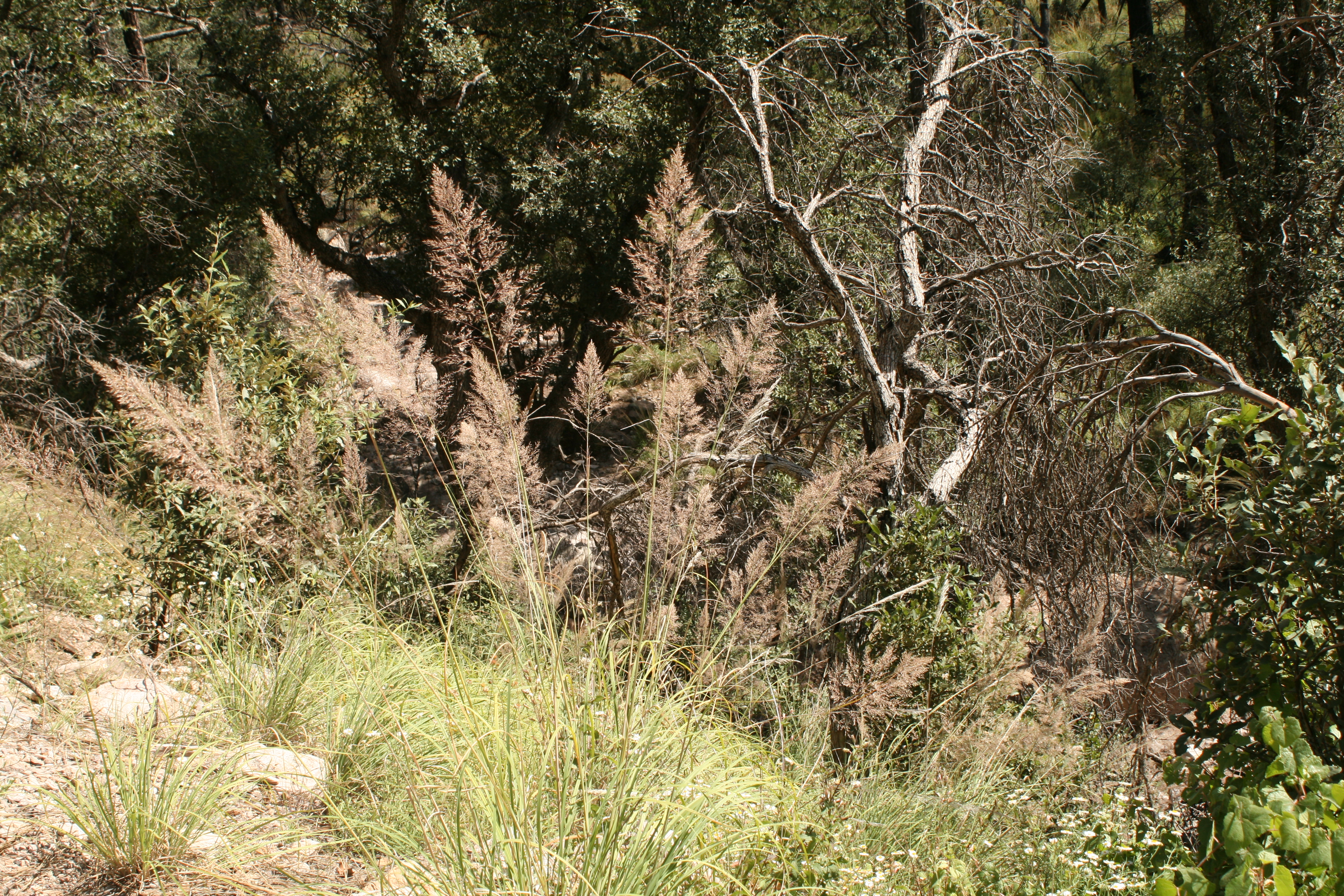Well, first of all I should explain why I set live traps for pack rats (Neotoma albigula) around our little homestead or maybe it needs no explanation, but pack rats chew on the wires under the hood of your car/truck. Well, not just under the hood, but anyplace they they can crawl up into your car and find wires to chew. This can lead to much consternation, especially when your vehicle doesn’t start or when every warning light on your dashboard display comes on and will not go off. This chewing can lead to great depletion of your bank account. Now you know. The good news is that I catch and get to look at other interesting rodents like the southern grasshopper mouse.
There are three species of grasshopper mice that can occur around me in the southeast corner of Arizona. The northern grasshopper mouse, the southern grasshopper mouse and just maybe, the Mearns grasshopper mouse, which is found in the southwest corner of New Mexico and southward. I believe I’m catching the more common southern grasshopper mouse (Onychomys torridus) and I think I detect a slight southern accent.
The genus name Onychomys is from Gr. and translates to claw mouse. That refers to the long toes on the front feet. Those are pretty handy when wrestling grasshoppers, centipedes, scorpions or whatever looks yummy. The specific epithet torridus is from Latin and means dry, parched or burnt with sun heat. I’m thinking it refers to the grasshopper mouse’s life in deserts.

The photo of a grasshopper mouse “howling” is from The Smithsonian and if you do a southern grasshopper search on your computer you will find several videos of these marvelous rodent in action.

The botanical name for the southwest white pine of this episode is Pinus strobiformis. I read that specific epithet stobiformis comes from the Greek...

There are three species of Acourtia found in Arizona. If you are a desert rat of sorts, say you walk around, poke around in...

I am not that great at identifying native grasses, but I keep on trying . Thank goodness some are really quite easy to ID...